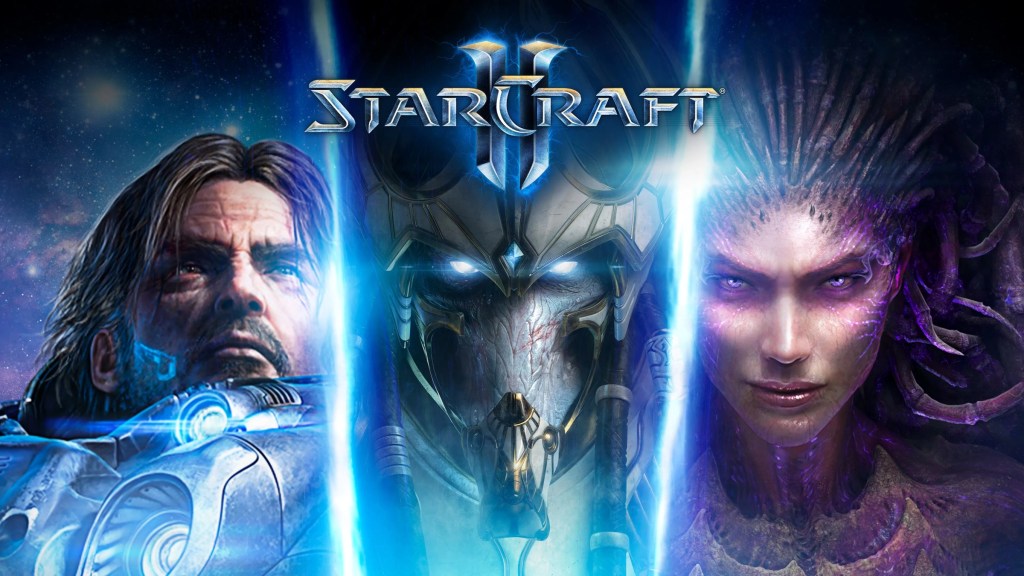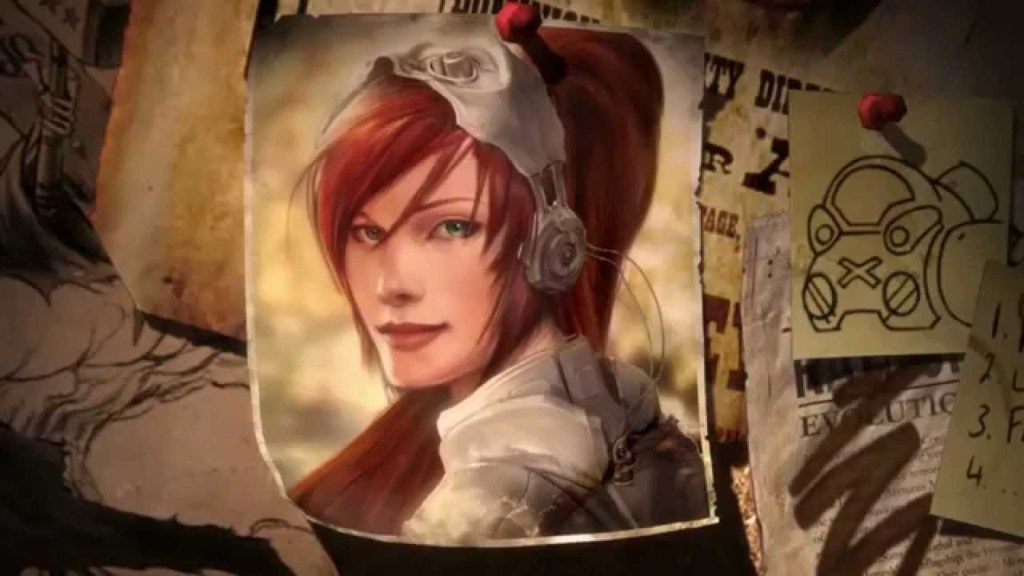StarCraft has spent decades as one of the foundational games of the competitive scene, with countless matches played casually and on the professional level. It can be easy to forget, then, that the games are also some of the best sci-fi stories to ever hit gaming. Starting out with a compelling and morally complex riff on the kind of sci-fi tropes audiences had come to expect from big space opera stories, the surprisingly grim Brood War expansion pack took the already fairly dark story in a harsher direction that subverted expectations in the best of ways.
Videos by ComicBook.com
StarCraft II was a long-awaited follow-up to the lingering threads of that game, with story beats that expanded not just on the legacy of the originals but with new moral shades and compelling complications. Ten years ago today, it all came to a head in Legacy of the Void, the third entry in the StarCraft II trilogy and a fittingly bittersweet finale for the series as a whole. What makes it special is that it actually had the confidence to close out the series on a high note instead of spending time setting up potential sequels.
A Decade Ago, StarCraft II’s Epic Story Concluded

On November 10, 2015, StarCraft II concluded its overarching story and closed out one of gaming’s best sci-fi epics ever. StarCraft II: Legacy of the Void closed out the StarCraft sequel trilogy, effectively concluding the sci-fi franchise that helped cement Blizzard as a giant in the world of gaming. Building on the events of Wings of Liberty and Heart of the Swarm, Legacy of the Void shifted the story to the Protoss. Taking charge with Artanis, one of the main Protoss protagonists in the StarCraft: Brood War expansion, the story sees the Protoss working to prevent the resurrection of the Xel-Naga ancient Amon, a being of terrible power that could help destroy the universe.
Legacy of the Void doesn’t just have to be a solid stand-alone story; it also has to advance the overarching narrative that wasn’t just set up by the previous two games, but the overarching narrative that had been quietly built since the first game in the series. Along the way, Legacy of the Void finds room for fan-favorite heroes like Raynor, Kerrigan, Fenix, and Zeratul to factor into the story alongside several other new, fresh characters.
Despite having to carry out all these threads, the plot never lost sight of the Protoss heavy themes like the duality of culture as a weapon and weakness, as well as the potential of legacy and the cost of heroism. It all builds to an epic final battle that closes out the series on a high note, giving all the remaining heroes time to shine while completing the long-running narrative of the franchise in a way that feels hopeful.
Why StarCraft’s Universe Is So Compelling

A good story is only as good as its ending. Unfortunately, it’s a rarity that gaming gets to fully close the book on a franchise. There is usually at least some layer of sequel setup, even if the game’s narrative has a concrete and emotional finale. StarCraft II ensured that it was something different by having a willingness to actually pay off all the mysterious lore set-ups from previous missions. Hidden throughout the original StarCraft and the Brood War expansion pack were hints of a greater threat based in the ancient history of the Protoss.
Rather than only leaving breadcrumbs for the player to discover and then forever theorize, Legacy of the Void actually pays off all those reveals, all the while bringing back classic characters and concepts for resolution. Gamers may have been typically conditioned to believe every series can go on forever, but StarCraft II‘s final stretch plays out with a confidence that is to be envied.
There are no half-measures as the conflict becomes more heated, with fan favorites dying and long-despised villains finally dealt with. It all leads to the game’s final redemption moment for Sarah Kerrigan, an endlessly compelling riff on the “corrupted hero” archetype who went from good guy to bad and back again, all without losing the compelling core that made her complex in the first place.
Legacy of the Void‘s final mission doubles down on that arc for the character, pushing her to embrace her potential in a way that feels familiar to the Zerg overcoming their base instincts, humanity fighting back against its impulse for complete control, and the Protoss challenging the traditions that have always defined them. StarCraft II‘s finale is a great realization of the underlying themes that have been set up and explored in the whole series, giving that conclusion more than just resolution of the plot but a completion of the emotional and thematic arcs.
StarCraft’s Storyline Is Just As Good As Dune

Given video games’ relative youth in the face of literature and oral storytelling, it can sometimes feel hyperbolic to compare gaming narratives to the classics of literature. However, I’d die on the hill that StarCraft‘s sci-fi epic is just as compelling as any other classic film franchise, like Star Trek or novels like Dune. The entire series is a fascinating example of showcasing the full scope of a cosmic war without losing sight of the people central to the conflict. Characters like Artanis, Zeratul, and Fenix all play into the game’s narrative focus on questions about honor, sacrifice, and tradition, with each of them in turn haunted by the cost of their efforts to save their people and their world.
The Terran and Zerg-centric arcs are just as compelling, showcasing all sides in a war full of competing factions and grey morality. At the core of it, though, is a shared drive to survive, even in the face of the oblivion that forces like Amon represent. The narratives of StarCraft see the heroes become monsters and the villains become saviors, all building to Legacy of the Void‘s emotionally stirring unification of all three races into a single army dedicated to saving their shared universe.
Gritty and unflinching but not without a deep-seated sense of bittersweet hope, StarCraft is a thematically rich and visually exciting franchise that lands all the more effectively because of the ways it embraces the horror of war without becoming lost to it. Its willingness to end the fight, when franchises like Halo, Mass Effect, and countless others in the video game space, highlights how important a good ending can be. I’ve been a StarCraft fan since the first time my father introduced me to it at a far too young age, but I’ve been content not to get another mainline entry in the series since Legacy of the Void or follow-up DLC since 2016’s Nova missions — all because the series nailed the ending in a way few other games have.






![Simu Liu Confirms The 2 Dream X-Men Shang-Chi Works With On Avengers: Doomsday [Exclusive]](https://comicbook.com/wp-content/uploads/sites/4/2025/12/Simu-Liu-Avengers-Doomsday-interview.jpg?w=300)

